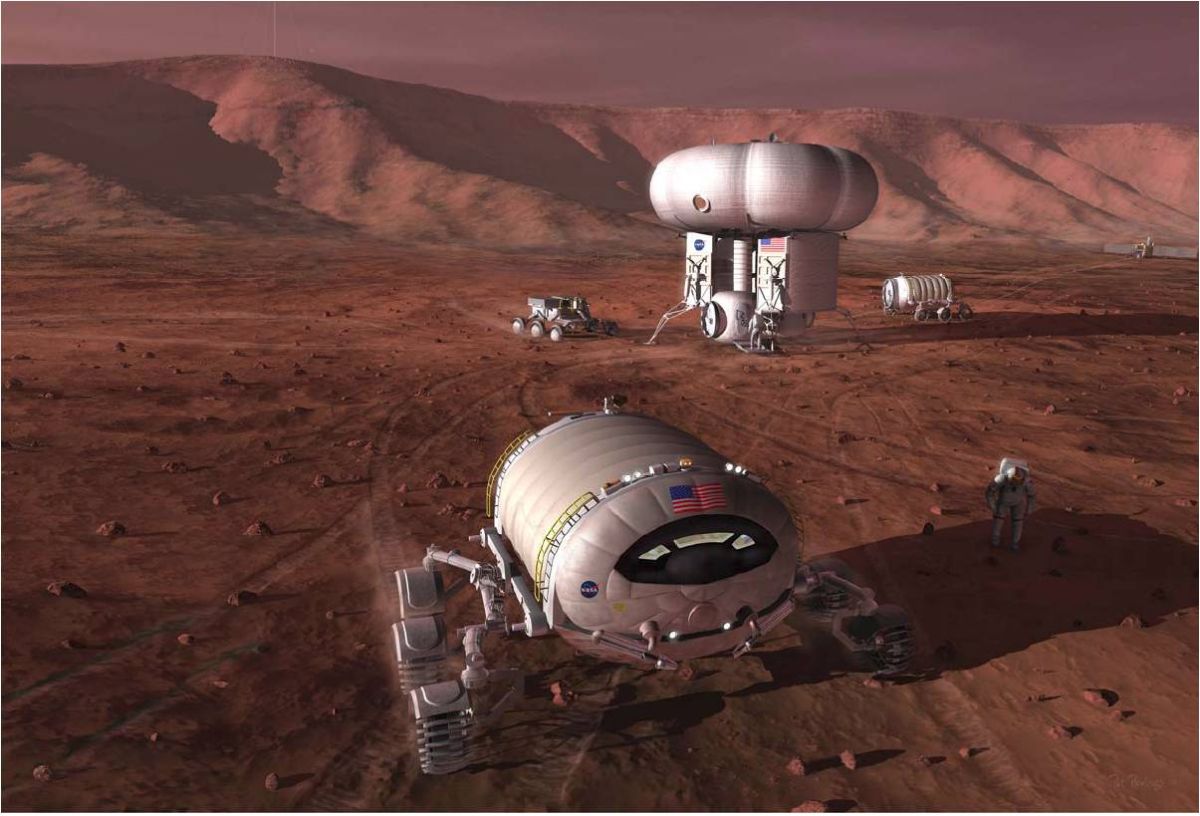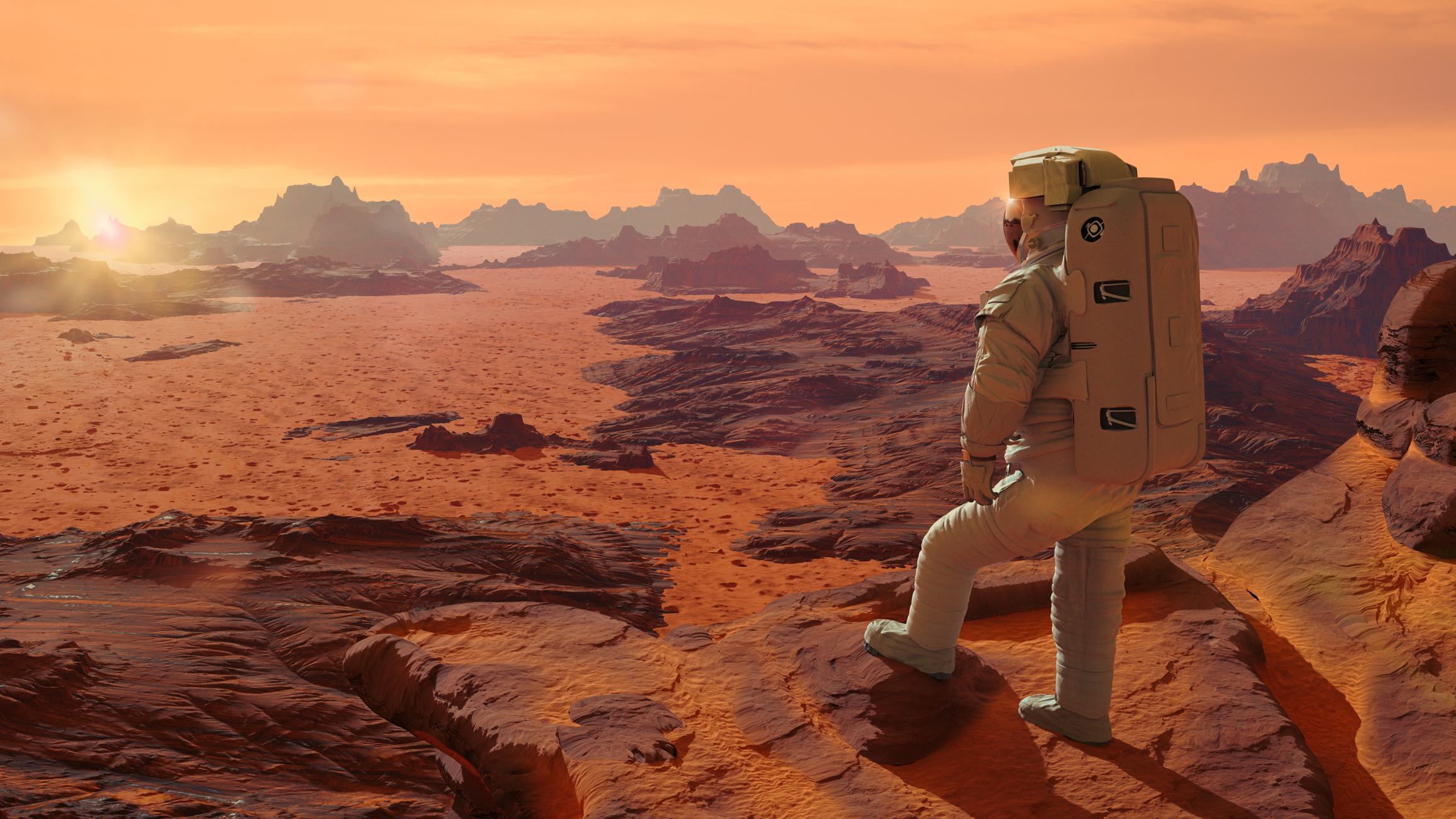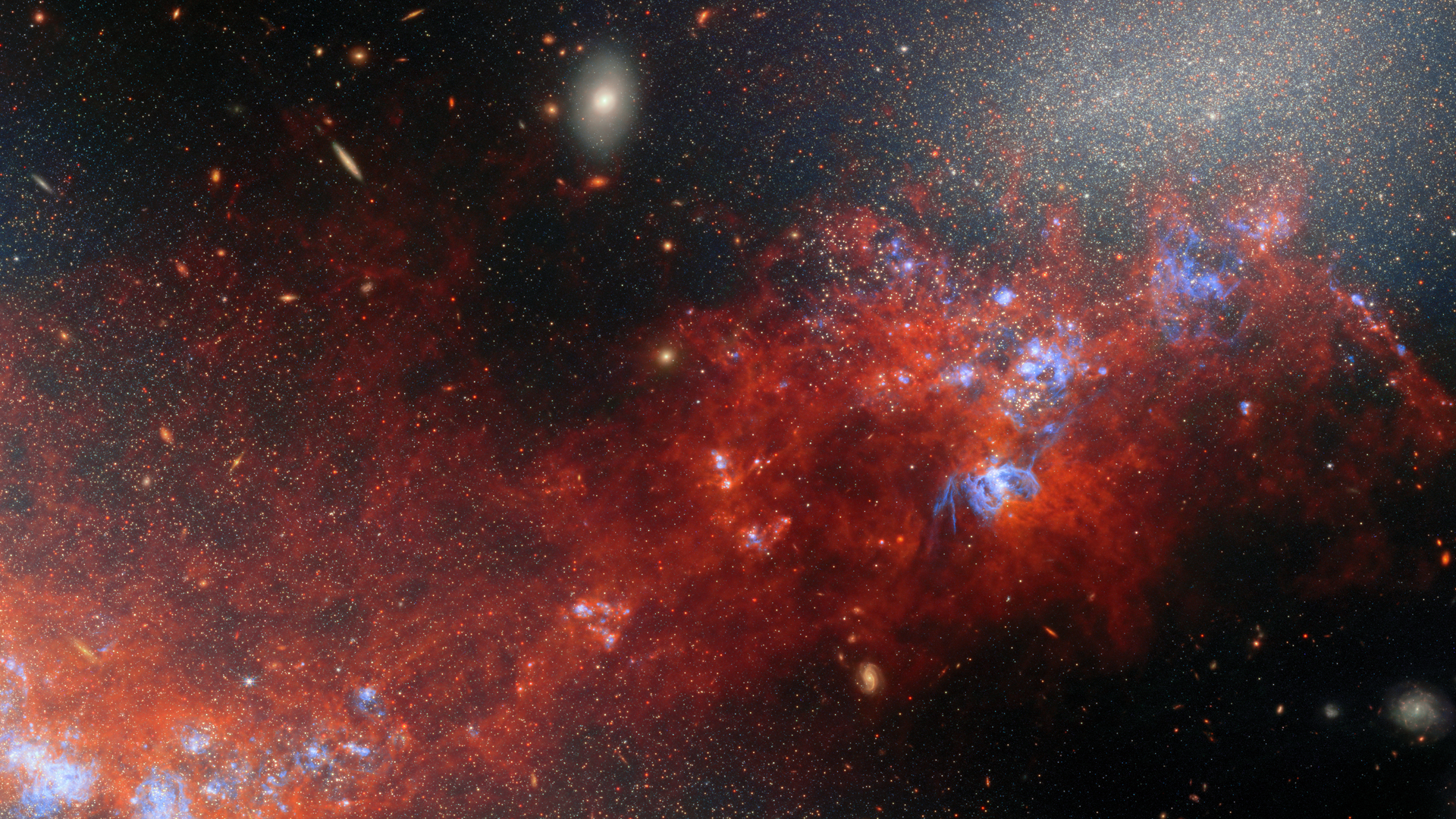NASA wants your ideas to reuse trash and waste on a Mars mission

NASA just opened a challenge seeking ways to go to Mars and back with a minimum of wasted materials.
The agency's tournament lab, along with crowdsourcing platform HeroX, have launched a "Waste to Base" challenge looking for ideas to recycle trash, waste, carbon dioxide and foam packaging materials during a two- to three-year crewed Red Planet mission.
Competitors have until March 15 to enter the challenge, and several prizes of up to $1,000 each will be awarded for novel ideas, out of a total purse of $24,000. The winner should be announced by April 22, according to the challenge website.
Related: Plastic recycler will turn space station trash into 3D printing stock
"This challenge is all about finding ways to convert waste into base materials and other useful things, like propellant or feedstock for 3D printing," the website stated.
"The challenge is looking for your ideas for how to convert different waste streams into propellant, and into useful materials, that can then be made into needed things and cycled through multiple times. While a perfectly efficient cycle is unlikely, ideal solutions will result in little to no waste."
Full eligibility requirements are available on the contest website; generally speaking, anyone in the world 18 years of age or older may participate individually or as a team, as long as their jurisdiction is not under United States federal sanctions, HeroX said.
Breaking space news, the latest updates on rocket launches, skywatching events and more!

The winning ideas are expected to be put into a whitepaper as "part of the roadmap for future technology development work" for NASA's logistics reduction project, which is working on matters such as new spacecraft and future settlements, the challenge description noted.
While NASA hasn't yet set a firm timeline for putting humans on Mars, the agency speculated in recent years that it may be able to get there by the mid-2030s. In the shorter term, the agency is hoping to put Artemis astronauts on the moon by the mid-2020s. Moon missions may help inform the design for future Mars missions.
Follow Elizabeth Howell on Twitter @howellspace. Follow us on Twitter @Spacedotcom and on Facebook.

Elizabeth Howell (she/her), Ph.D., was a staff writer in the spaceflight channel between 2022 and 2024 specializing in Canadian space news. She was contributing writer for Space.com for 10 years from 2012 to 2024. Elizabeth's reporting includes multiple exclusives with the White House, leading world coverage about a lost-and-found space tomato on the International Space Station, witnessing five human spaceflight launches on two continents, flying parabolic, working inside a spacesuit, and participating in a simulated Mars mission. Her latest book, "Why Am I Taller?" (ECW Press, 2022) is co-written with astronaut Dave Williams.
